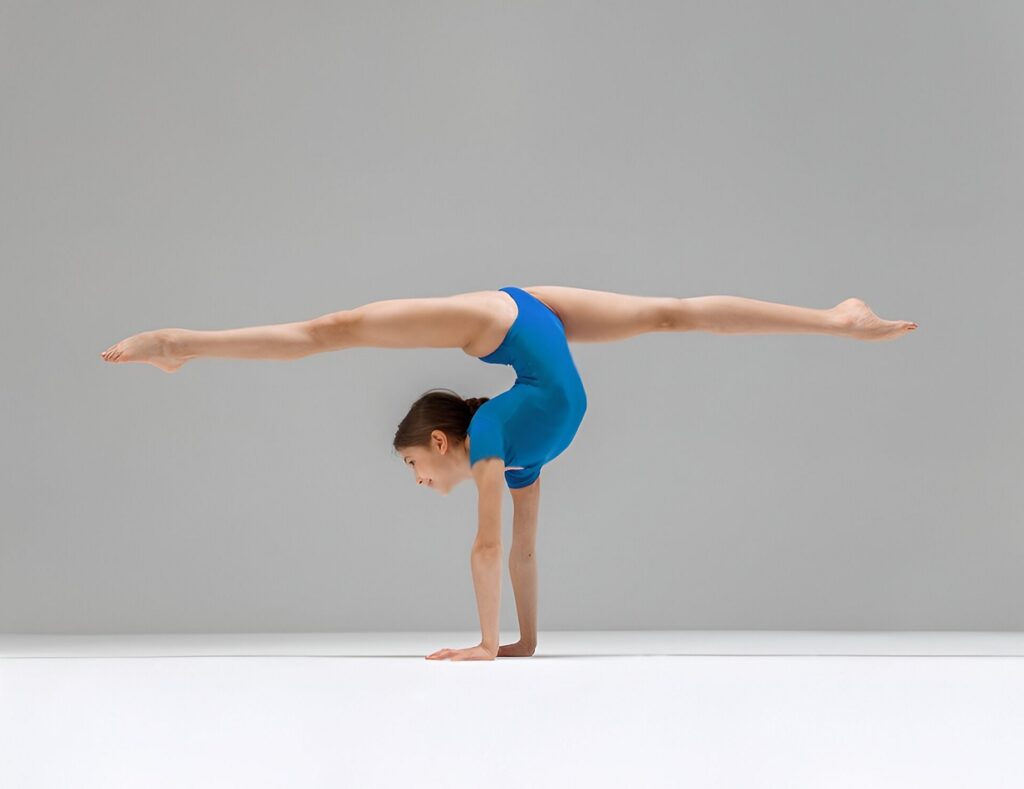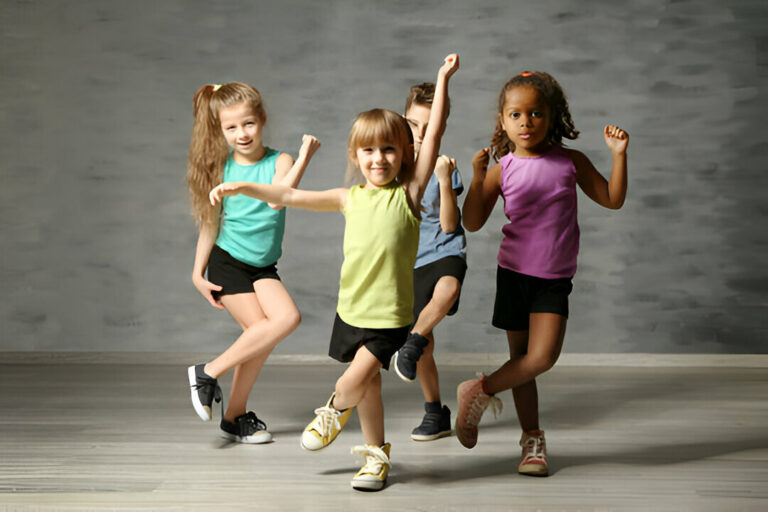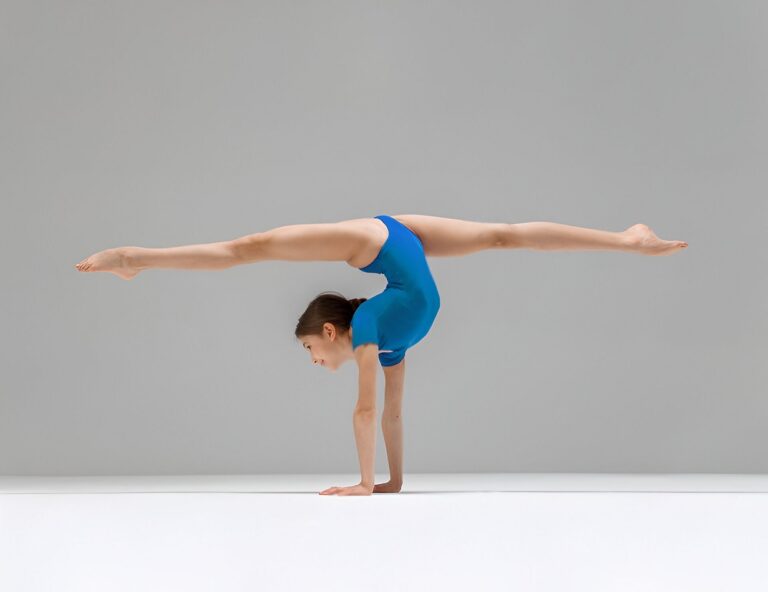
Choosing the right extracurricular activity for a child is a decision that requires careful consideration. Each child is unique in their interests, abilities, and temperament. When it comes to physical activities, parents often find themselves torn between two popular options: dance and gymnastics. Knowing how to choose between dance or gymnastics involves evaluating key aspects of both disciplines in relation to your child’s personality, goals, and developmental stage.
Key Takeaways:
- Dance focuses on expression and musicality, ideal for creative, social, and performance-driven children.
- Gymnastics emphasizes strength, structure, and discipline, best suited for focused, competitive kids.
- Both activities improve physical fitness, but gymnastics leans toward power and agility, while dance develops rhythm and grace.
- Trial classes in both can help reveal a child’s preferences, aiding in an informed decision.
- Parent-child collaboration is essential to choosing an activity that supports both passion and long-term development.
Understanding the Core Differences
Dance and gymnastics both promote physical fitness, discipline, and creativity, but they emphasize different skills. Gymnastics is rooted in strength, agility, and acrobatics. It challenges children with tumbling, apparatus work, and highly structured routines. Dance, by contrast, fosters rhythm, musicality, and expressive movement across various styles, from ballet to hip-hop.
Gymnastics: Structure, Precision, and Power
Gymnastics demands a high level of discipline and control. It is ideal for children who enjoy structured environments and measurable goals. Events like vault, beam, bars, and floor routines require technical mastery and physical courage.
Skills Developed in Gymnastics:
- Muscular strength and endurance
- Balance and coordination
- Flexibility and body awareness
- Risk management and resilience
Dance: Expression, Musicality, and Grace
Dance encourages artistic interpretation and emotional expression through choreographed movement. Children who love music, storytelling, and performance may find their niche here. Unlike gymnastics, dance offers stylistic diversity — from classical ballet to contemporary fusion.
Skills Developed in Dance:
- Musical rhythm and timing
- Posture and core control
- Emotional intelligence and expression
- Creative movement and improvisation
Physical Development: Which Path Builds What?
While both activities enhance physical health, they do so in different ways.
| Feature | Gymnastics Focus | Dance Focus |
| Flexibility | High (especially in tumbling) | High (particularly in ballet) |
| Strength | Core, upper body, explosive power | Core, lower body, fluid control |
| Endurance | Interval-based strength endurance | Sustained cardiovascular endurance |
| Coordination | Multi-apparatus, quick transitions | Flowing transitions, rhythmic timing |
Personality Fit: Matching Activity to Child Temperament
Some children gravitate naturally toward one discipline over the other based on their temperament.
- Analytical, Competitive, Focused: Likely to thrive in gymnastics
- Creative, Musical, Expressive: May shine in dance
- Risk-Taker, Physically Daring: Gymnastics might offer the thrill they seek
- Performer, Storyteller, Social: Dance provides a stage for expression
Social Environment and Class Structure
The learning environment in each activity plays a significant role in child development. Gymnastics often involves one-on-one coaching within team structures. It is goal-oriented with routines tailored to progressive levels. Dance classes, while also structured, encourage collaboration in group choreography, which may benefit more socially driven children.
Competition and Performance Opportunities
Parents should consider the nature of competitions and performances in each discipline.
- Gymnastics: Involves ranked competition, skill-level divisions, and individual scoring. Requires high focus and pressure tolerance.
- Dance: Emphasizes performance over competition, though competitive dance exists. Recitals and showcases highlight collaborative effort and artistry.
Cost, Commitment, and Logistics
Practical aspects also influence the decision. Gymnastics may require specialized equipment, longer training sessions, and more expensive tuition due to insurance and apparatus use. Dance tends to have lower physical risk, but costume, recital, and studio fees can add up over time. Both require ongoing commitment, but gymnastics often demands earlier specialization for competitive advancement.
Long-Term Development and Career Prospects
While few children will pursue either activity professionally, both offer transferable life skills.
Gymnastics instills discipline, time management, and mental toughness. These attributes are valuable for any future pursuit, including athletics, academics, and leadership roles.
Dance builds confidence, communication skills, and cultural appreciation. It also aligns well with careers in the arts, media, and education.
Making a Final Decision: Parent-Child Collaboration
Ultimately, the best choice emerges when parents actively involve their children in the decision-making process. Try trial classes in both activities and observe emotional responses, not just performance. A child’s passion and comfort level should weigh heavily in the final decision.
Tailoring to Your Child’s Journey
Every child deserves an activity that nurtures their strengths and supports their growth. Whether you choose gymnastics for its structured discipline or dance for its expressive beauty, the key is alignment with your child’s individuality. Support, observe, and celebrate their progress — whichever path they take.
Can my child do both dance and gymnastics?
Yes, many skills are complementary. However, balance is important to avoid burnout. Choose programs that allow flexible scheduling.
Which is safer: dance or gymnastics?
Dance typically has fewer physical risks, while gymnastics involves more high-impact movements. Proper coaching and supervision reduce risks in both.
At what age should my child start either activity?
Children can start both dance and gymnastics as early as 3–4 years old, with foundational classes focused on coordination and fun.




